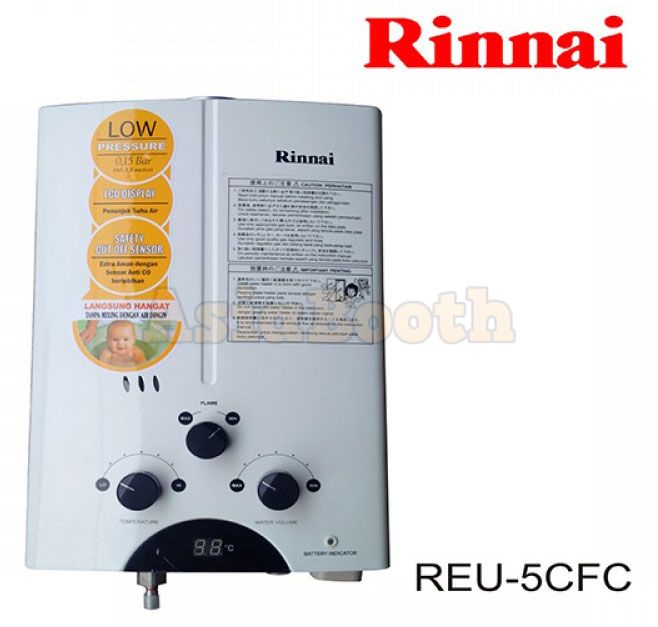What Is Tankless Water Heater & Why It Is Better
What Is Tankless Water Heater & Why It Is Better
Water heaters can be a costly investment for home owners that you’ll be living with for over a decade. That’s why when it’s time to equip your new home, or replace your old water heater it’s important to consider cost, efficiency, and longevity of your new water heater. We’ve put together this comparison of storage water heaters vs tankless water heaters to help homeowners and contractors decide on the type of water heater that’s best for you. We’ll examine the pros and cons of tankless and traditional water heaters so you can make an informed decision.
What is a tankless water heater?
Tankless water heaters, also known as demand-type or instantaneous water heaters, provide hot water only as it is needed. They don’t produce the standby energy losses associated with storage water heaters, which can save you money. Here you’ll find basic information about how they work, whether a tankless water heater might be right for your home, and what criteria to use when selecting the right model.
Tankless water heaters are usually powered with electricity or gas. These types of water heaters were found to be 22 percent more energy efficient on average than the gas-fired storage-tank models in tests conducted by Consumer Reports.
How They Work?
Tankless water heaters heat water directly without the use of a storage tank. When a hot water tap is turned on, cold water travels through a pipe into the unit. Either a gas burner or an electric element heats the water. As a result, tankless water heaters deliver a constant supply of hot water. You don’t need to wait for a storage tank to fill up with enough hot water. However, a tankless water heater’s output limits the flow rate.
Typically, tankless water heaters provide hot water at a rate of 2–5 gallons (7.6–15.2 liters) per minute. Gas-fired tankless water heaters produce higher flow rates than electric ones. Sometimes, however, even the largest, gas-fired model cannot supply enough hot water for simultaneous, multiple uses in large households. For example, taking a shower and running the dishwasher at the same time can stretch a tankless water heater to its limit. To overcome this problem, you can install two or more tankless water heaters, connected in parallel for simultaneous demands of hot water. You can also install separate tankless water heaters for appliances — such as a clothes washer or dishwater — that use a lot of hot water in your home.
Advantages and Disadvantages
For homes that use 41 gallons or less of hot water daily, demand water heaters can be 24%–34% more energy efficient than conventional storage tank water heaters. They can be 8%–14% more energy efficient for homes that use a lot of hot water — around 86 gallons per day. You can achieve even greater energy savings of 27%–50% if you install a demand water heater at each hot water outlet. ENERGY STAR® estimates that a typical family can save $100 or more per year with an ENERGY STAR qualified tankless water heater.
The initial cost of a tankless water heater is greater than that of a conventional storage water heater, but tankless water heaters will typically last longer and have lower operating and energy costs, which could offset its higher purchase price. Most tankless water heaters have a life expectancy of more than 20 years. They also have easily replaceable parts that extend their life by many more years. In contrast, storage water heaters last 10–15 years.
Tankless water heaters can avoid the standby heat losses associated with storage water heaters. However, although gas-fired tankless water heaters tend to have higher flow rates than electric ones, they can waste energy if they have a constantly burning pilot light. This can sometimes offset the elimination of standby energy losses when compared to a storage water heater. In a gas-fired storage water heater, the pilot light heats the water in the tank so the energy isn’t wasted.
The cost of operating a pilot light in a tankless water heater varies from model to model. Ask the manufacturer how much gas the pilot light uses for the model you’re considering. If you purchase a model that uses a standing pilot light, you can always turn it off when it’s not in use to save energy. Also consider models that have an intermittent ignition device (IID) instead of a standing pilot light. This device resembles the spark ignition device on some gas kitchen ranges and ovens.
Tags: water heater


